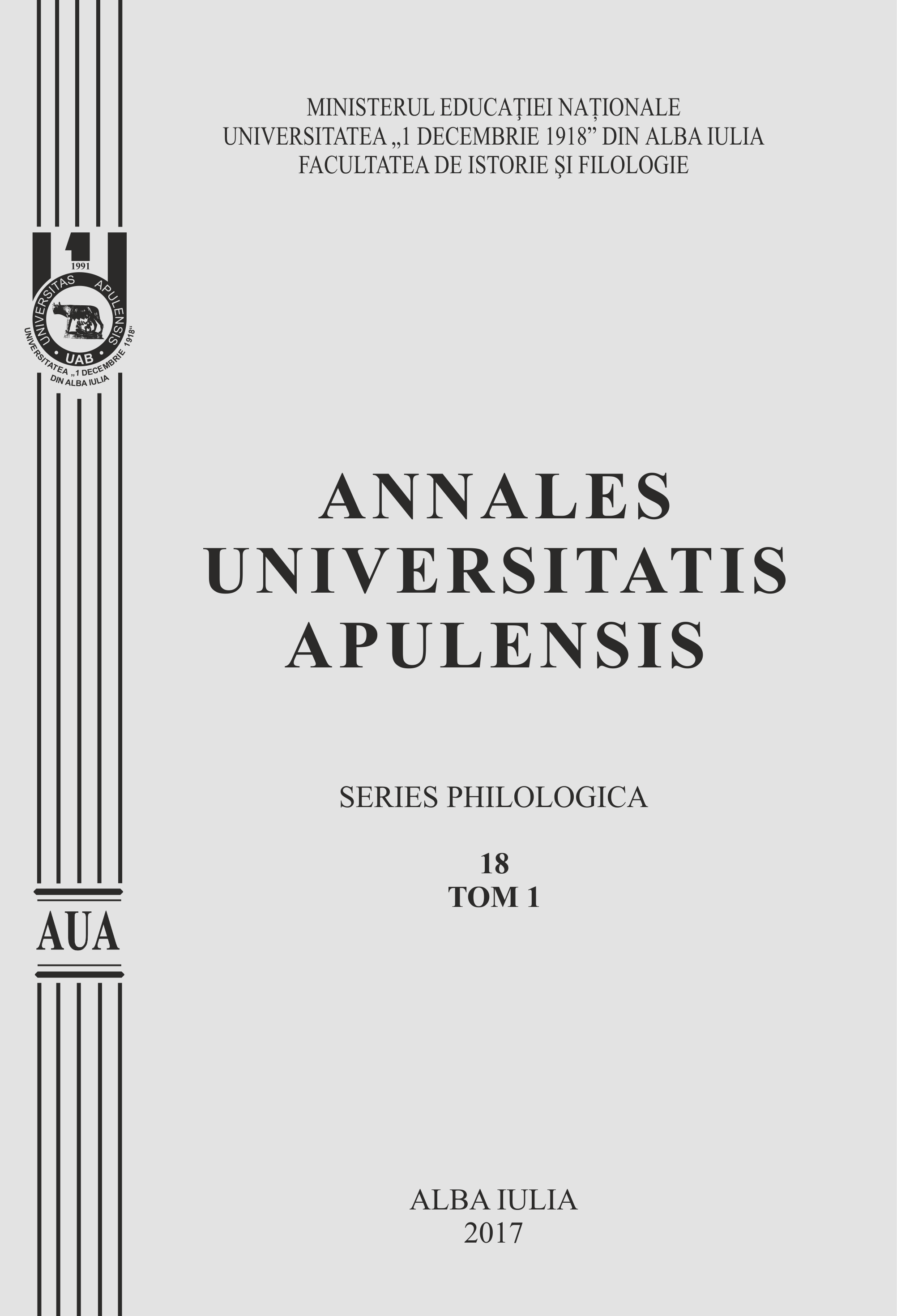CĂUTAREA „CENTRULUI” ÎN ROMANUL ,,ÎNTÂLNIREA” DE GABRIELA ADAMEŞTEANU
THE SEARCH FOR THE ‘CENTRE’ IN GABRIELA ADAMEŞTEANU’S NOVEL ÎNTÂLNIREA
Author(s): Ileana Lavinia GeambeiSubject(s): Language and Literature Studies
Published by: Universitatea »1 Decembrie 1918« Alba Iulia
Keywords: exile; centre; recapture; Communism; Nazism
Summary/Abstract: Gabriela Adameşteanu’s novel “Întâlnirea” (“The Meeting”), in its 5th definitive edition published in 2013, emphasizes the theme of exile which it assumes and alludes to since the very beginning, through that version of intertextuality i.e. the motto from Mircea Eliade which begins as such: “Every exile is a Ulysses travelling toward Ithaca... Travelling toward Ithaca means travelling toward the Centre...”. The fragment from Mircea Eliade expresses the idea of exile as a long series of initiating tests “(wanted by the «gods»)” and as a form of knowledge and self-knowledge. The protagonist, the biologist and researcher Traian Manu, who left Romania during the 1940s in order to escape war, has the chance to return to his native country (but to Ceauşescu’s communist Romania) in 1986, where he is invited to hold a conference. The position of the exile, of Ulysses searching for Ithaca, searching for his lost identity, is illustrated both by Traian Manu and by Christa, his lover of German origin. The stories of the two, who live the temptation of the past, interweave harmoniously in the narrative structure of the text. Neither can really return to his/her “Ithaca” because in the meantime the country has become the victim of history, of totalitarian political regimes: Nazi Germany (Christa), communist Romania (Traian). Unlike Christa, who experienced Hitler’s regime, its rise and terror, in a direct way, Traian Manu did not live the communist horrors, therefore he cannot understand the Romanians’ behaviour in the 1980s. Thus, the distance between the country of his childhood, the ,,Centre” of his identity, a mystified Romania embellished by nostalgia, and the country he discovers on his return in 1986, becomes impassable. Therefore, if the physical comeback is possible, the spiritual one is not: as Christa warned him, there can be no return. Finding it hard to accept that it is all about the “impossible return”, Traian Manu will finally understand, just like Norman Manea’s characters, that the “centre” is represented by the Romanian language. The novel actually follows Traian Manu’s spiritual adventure, the search for the “Centre”, with his memories, desires, expectations and fears. The title “The Meeting” acquires signifiance according to the perspective. Thus, for Traian Manu, there can be three symbolical meetings: meeting the new „Romania” which destroys the image of the known Romania, therefore there can be no meeting again, no recapture; meeting Christa, his feminine version and mentor; meeting his own self (recapture of the self). For young Daniel, a far nephew of Traian’s and a kind of alter-ego of his, meeting his uncle coming from Italy, i.e. from “the other side”, means meeting freedom. Starting from these premises, the present paper proposes to follow the way in which the theme of exile is built in this novel as the search for the Centre, underlining at the same time the elements of imagology and mentalities.
Journal: Annales Universitatis Apulensis. Series Philologica
- Issue Year: 18/2017
- Issue No: 1
- Page Range: 125-132
- Page Count: 8
- Language: Romanian

